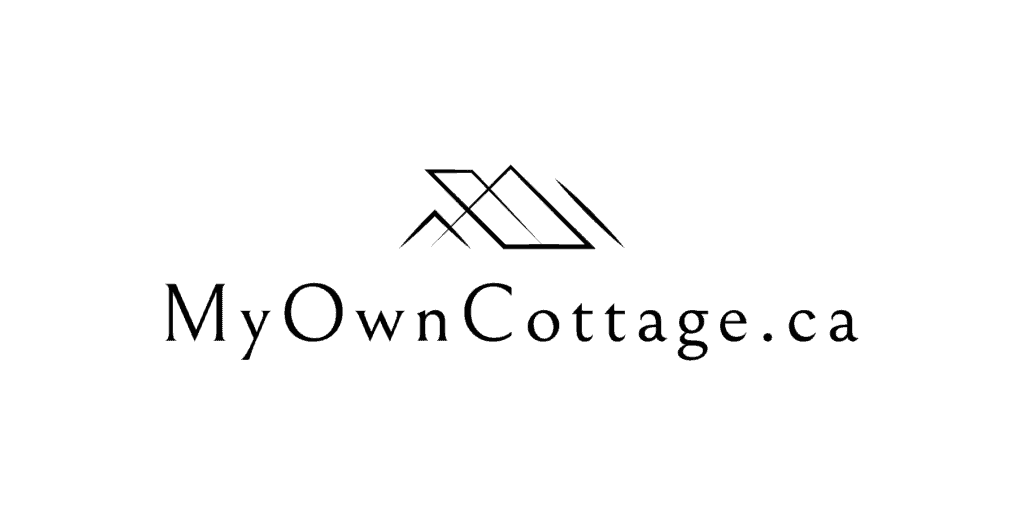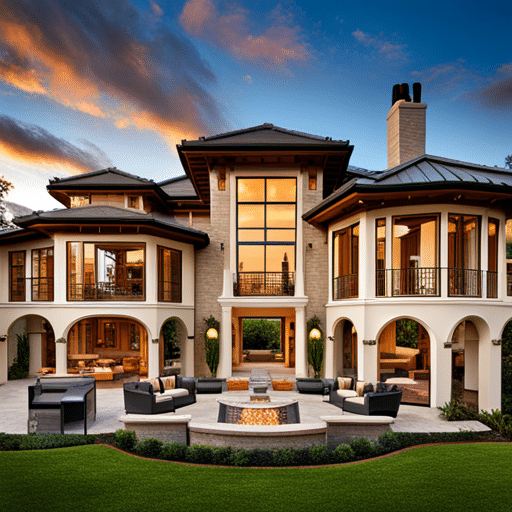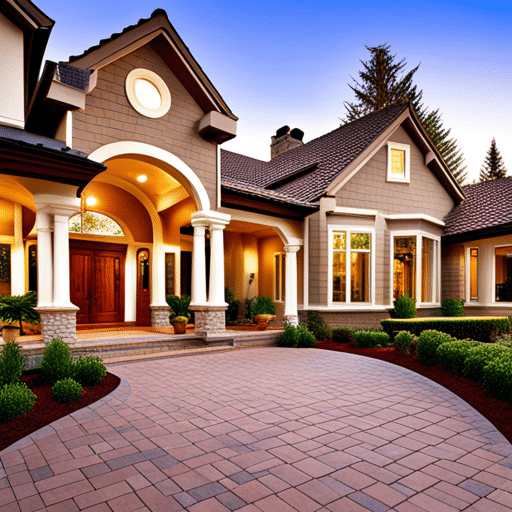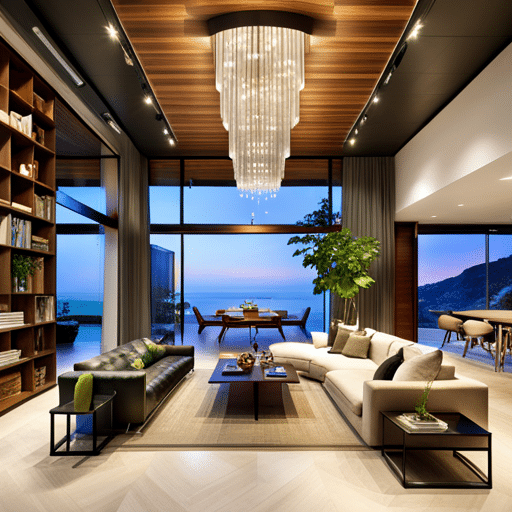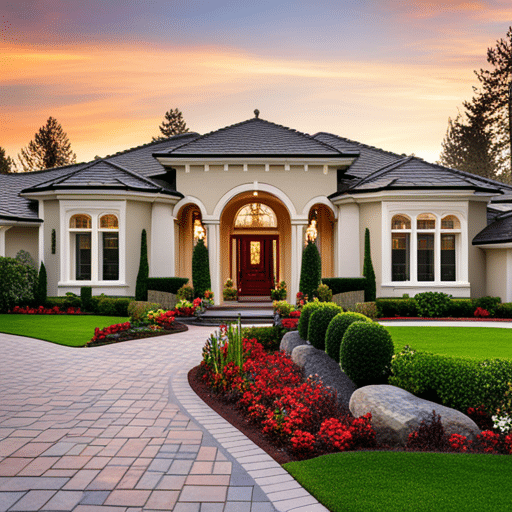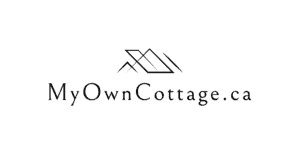Practical Considerations for Prefab Homeowners
Home » Practical Considerations for Prefab Homeowners
Practical considerations for prefab homeowners include selecting the right manufacturer, understanding assembly requirements, and navigating zoning laws.
In the age of instant gratification and eco-consciousness, prefab homes have emerged as a game-changer.
In the real estate and construction industry, these homes are not only convenient, but they also represent a sustainable future that’s becoming increasingly crucial.
If you’re considering a prefab home as your next residence, there are many factors to review.
From design decisions to practical considerations that could save you time, money, and stress down the line, it’s worth taking note.
For example, the time efficiency in construction of prefab homes means significantly reduced building timelines, offering a faster route to homeownership.
As a quick illustration, our own prefab homes Ontario collection offers budget-friendly and customizable designs, coupled with eco-friendly advantages!
This article serves as your go-to guide for every step of the prefab home ownership process.
Whether you’re dreaming of a modern, eco-friendly retreat or an affordable family home, you’ll find the insights you need to turn that dream into a reality.
Understanding Prefabricated Homes
What Are Prefabricated Homes?
Prefabricated or prefab homes are structures that are manufactured off-site, usually in a factory setting, and then assembled on the designated property.
This differs from traditional construction, which takes place entirely on the build site.
Prefab homes are often designed and built with an emphasis on efficiency and modern design principles.
They encompass a variety of architectural styles and cater to a wide array of homeowner needs and preferences.
The Benefits of Prefabricated Homes
There are numerous benefits to choosing a prefab home, such as:
- Faster Construction Times: Prefab homes are often quicker to build, with a significant portion of the work completed before the on-site assembly begins.
- Cost-Effective: The controlled environment of a factory reduces the risk of weather-related delays and minimizes on-site waste, keeping costs in check.
- Quality Control: Factory precision and assembly line processes lead to a higher standard of quality, which can be particularly beneficial for structural integrity and energy efficiency.
- Sustainability: Prefab homes often incorporate green building techniques that reduce environmental impact, such as advanced insulation and energy-efficient systems.
- Design Flexibility: Many prefab home companies offer a range of customization options, allowing homeowners to tailor their homes to their specific tastes and needs.
Affordability Without Compromising on Quality
One of the significant appeals of prefab homes is their cost-effectiveness.
By streamlining the construction process, prefab homes can offer a fixed cost that traditional builds often surpass due to unforeseen delays and overages.
Predictable Budgeting
Prefab homebuilders usually provide a fixed cost for the construction, allowing homeowners to budget with certainty.
There are no surprise expenses or fluctuations in the cost of materials as the process is well-planned from start to finish.
Speed of Construction
The typical build time for a prefab home – from the day the foundation is poured to when you can hang your favorite painting – is notably shorter than conventional homes.
This not only means you can move into your new home sooner but also reduces the time and cost associated with interim housing.
An Eco-Friendly Path to Homeownership
Prefab homes are not only innovative in design and functionality; they are also leading the charge in sustainable living.
From green building materials to energy-efficient design, prefab homes represent a pivot towards a greener future.
Sustainable Materials
Prefab homes often utilize sustainable materials, such as reclaimed wood, bamboo, and recycled steel.
These materials not only reduce environmental impact but also contribute to the unique aesthetic and longevity of the home.
Energy Efficiency
Prefab homes are designed and constructed with energy efficiency in mind.
Features like superior insulation, high-performance windows, and renewable energy systems help to minimize energy consumption and subsequent environmental footprints.
Customization that Reflects Personal Values
One of the most significant advantages of prefab homes is their customizable nature, which allows homeowners to design a space that reflects their lifestyle and values.
Adaptable and Expandable
The modular nature of prefab homes means that they can be adapted over time, as needs and preferences change.
Whether it’s adding an extra room for a growing family or creating a more extensive living space, prefab homes offer a level of flexibility that traditional houses struggle to match.
Technology Integration
Prefab homes can be fitted out with the latest technology, seamlessly incorporated during the construction phase.
From smart home systems to advanced security features, tech-savvy homeowners can enjoy a living space that meets their modern lifestyle requirements.
Outdoor Landscaping Trends and Tips for Prefab Homes
Prefab outdoor living and recreational spaces offer quick, customized solutions for enhancing your backyard leisure and entertainment options.
Discovering the latest landscaping trends and tips for prefab homes will allow you to enhance your outdoor space.
Implementing green and sustainable practices can also add value to your home while creating a beautiful and functional outdoor living area!
Overcoming the Myth and Stigma
Despite the impressive roster of pros, prefab homes have historically been subject to a degree of stigma.
However, as awareness grows regarding the benefits of prefab homes, misconceptions are giving way to acceptance and appreciation.
Community Integration
Modern prefab homes integrate with local communities seamlessly.
With their adaptable design, they can match the architectural styles of the neighborhoods they join, contributing to a sense of community without sticking out like a sore thumb.
Cultural Relevance
From North America to Europe, the acceptance of prefab homes is on the rise.
They are seen as a cultural beacon, resonating with a community that values innovation, sustainability, and contemporary living.
Legal and Financial Considerations
The Planning Phase
Before breaking ground on your prefab home, it’s essential to plan meticulously.
This involves understanding local building codes and zoning regulations, which can have a significant impact on the design and location of your home.
You’ll want to work closely with your prefab home provider and possibly a local contractor to ensure all legal requirements are met.
Financing Your Prefab Home
Financing a prefab home doesn’t differ much from traditional home financing, but there are a few specifics to be aware of.
You’ll need to secure a loan that covers both the cost of the home and the cost of the land.
Some lenders specialize in prefab home construction loans, so it’s worth researching these options to find the best fit for your financial situation.
Designing Your Dream Haven
In an age where customization and sustainability are at the forefront of housing innovations, prefab homes have emerged as a trailblazer.
They offer a wonderful balance between eco-friendly living and personalized design.
For those envisioning their abode as an ultimate reflection of their unique taste and a commitment to green living, prefab homes are an enticing option.
Here, we will unpack the significant benefits of prefab homes, from their efficiency in the construction process to the freedom they provide for distinctive design.
Choosing a Manufacturer
Selecting the right manufacturer is one of the most critical decisions you’ll make.
Research different companies, looking at their track record, the quality of their homes, and their ability to stick to a timeline and budget.
Customer reviews and references can be invaluable here, providing a first-hand account of what to expect.
Customizing Your Home
Prefab homes offer a surprising amount of customization, from layout and size to materials and finishes.
Work closely with the manufacturer to design a home that fits your lifestyle and tastes.
Consider factors like natural light, the flow of the living spaces, and any unique needs or desires you have for your new home.
Structuring the Delivery and Build Phase
The delivery and assembly of your prefab home are complex operations that require careful planning.
You’ll need to ensure that your property is ready for the home, including a foundation that has been inspected and approved.
Weather and site conditions can impact the timing, so flexibility and a clear communication plan are essential.
The Rise of Modern Prefab Homes in Real Estate
The modern era demands a construction method that is swift, sustainable, and adaptable.
Prefabricated homes have experienced a renaissance, earning their place in urban landscapes and bucolic retreats alike.
With telltale signs of masterful architecture and the design prowess of their inhabitants, these homes are no longer the repetitive structures of the past.
Rather, they have become an inventive canvas upon which homeowners can paint their own unique vision.
The Building and Assembly Process
Foundation
The type of foundation you choose will depend on your location, climate, and the specific requirements of your home.
Common options for prefab homes include slab foundations, crawl spaces, and basements.
Your manufacturer or builder can help you determine the best solution for your home.
Assembly on Site
The assembly of your prefab home is typically much faster than traditional on-site construction.
Sections of the home, known as modules, are delivered and then lifted into place by a crane.
Once all the modules are connected, the home is secured to the foundation, and the interior and exterior finishing work begins.
Interior and Exterior Finishing
Interior finishing, such as plumbing, electrical work, and painting, can often be started before the home is fully assembled, further reducing the overall construction time.
Exterior work includes the installation of siding, roofing, and other elements necessary to weatherproof the home.
The Efficiency of Prefabrication
Unlike traditional home construction, which can be a drawn-out process, prefab homes are assembled swiftly on-site once the modules are ready.
The controlled environment of the factory where the pieces are made ensures that the overall quality of the structure is high.
It also minimizes the risk of inconsistencies in the building materials that can occur due to external factors like weather.
This expedited process is particularly advantageous for those who need a quick turnaround, say, due to a sudden sale or time constraints.
Furthermore, prefab homes consume fewer resources during the construction phase.
This closely aligns with the principles of sustainable building practices by reducing waste and energy usage.
Tailoring Your Environment with Prefab Design
One might assume that selecting a prefab home means compromising on the individuality of the dwelling.
However, the opposite is true.
Prefab structures today offer a breadth of customization options that rival their traditional counterparts, enabling homeowners to craft spaces that resonate with their personality and lifestyle needs.
With the help of architects and designers experienced in prefab building, homeowners can integrate a variety of materials, interior layouts, and sustainable features into their unique design.
In fact, prefab interior design trends are revolutionizing home aesthetics with modular elements and eco-friendly materials.
This is making modern living spaces that are both stylish and sustainable.
This process not only ensures that the home is an expression of the dweller’s character but also that it harmonizes with the surrounding environment.
Whether the location is a bustling city or serene countryside, you can tailor the perfect prefab home to suit your lifestyle.
Maintaining and Living in Your Prefab Home
Homeowner's Considerations
After your prefab home is built, it’s time to move in and enjoy the benefits.
Regular maintenance is key to protecting your investment, just as with any home.
You can discover essential maintenance tips and home improvement ideas for prefab homes to enhance durability and aesthetics.
Also, be sure to understand the warranty provided by your manufacturer and how to address any issues that may arise.
Prefab Cottage vs. Prefab Permanent Home Considerations
When comparing a prefab cottage vs. prefab permanent home considerations, factor in cost, build time, and intended use to make an informed decision.
Prefab cottages are a great option for short term or vacation use, while prefab permanent homes offer more long-term stability and potential for customization.
Alternative considerations may include location, size, and available amenities in addition to cost and build time.
Ultimately, the decision depends on individual needs and preferences.
Eco-Friendly Features
Prefab homes are often designed with sustainability in mind.
Ensure you understand the eco-friendly features of your home, such as solar panels, energy-efficient appliances, and materials with a low environmental impact.
These features can save you money on utilities and reduce your carbon footprint.
Community and Neighboring Homes
If your prefab home is located in a community, you may need to address any misunderstandings or preconceived notions about your home’s construction.
Open communication and a willingness to share the benefits of prefab living can help foster positive relationships with your neighbors.
Prefab lifestyle and home improvement tips are universally useful for all homeowners.
The Freedom of Prefab Modular Living
Modularity is more than a structural concept.
It represents a lifestyle characterized by flexibility and expansion.
Prefab homes, with their modular nature, cater to this idea of freedom, allowing homeowners to add onto their existing structure with ease.
Whether it’s an additional bedroom for a growing family or a studio for creative pursuits, the modularity of prefab homes ensures that these new spaces integrate seamlessly and swiftly.
This allows for changes within the living environment, with minimal disruption.
This flexibility can be a game-changer for those who anticipate changing needs or are drawn to the idea of an evolving home that grows alongside their life and passions.
The Aesthetic Beauty of Prefab Homes
There is a lingering misconception that prefabricated homes lack the architectural charm and detail of their traditional counterparts.
However, modern prefab companies work with acclaimed architects and employ cutting-edge design techniques to ensure that their homes are as visually stunning as they are functional.
From sleek, minimalist designs to more traditional aesthetics, prefab homes come in a range of styles that appeal to a diverse array of tastes.
The result is a selection of homes that promise aesthetic beauty that is not only on par with custom builds but often exceeds expectations.
Showcasing an array of textures, materials, and with architectural nuances that invite admirable comfort.
Prefab Homeownership in Ontario
Prefab homes in Ontario offer a fresh perspective on home construction and living.
For those looking for efficiency without sacrificing comfort and design, they are a compelling option.
By understanding the intricacies of this type of home, from selection and customization to financing and community integration, you can make the most of your prefab homeownership experience.
As with any major decision, it’s essential to do your research, set a clear plan, and stay involved in the process from start to finish.
The result is a home that not only shelters you but also supports a lifestyle that’s in harmony with your values and aspirations.
Welcome to the world of prefabricated homes — the future of dwelling is here, and it’s more exciting than ever.
Get Affordable Prefab Homes in Ontario: Contact us Today!
With our Affordable Prefab Homes in Ontario, we pride ourselves on delivering exceptional customer service!
We ensure a seamless purchasing and installation process for your dream home.
Our team is dedicated to meeting your unique needs and transforming your vision into a beautiful reality.
To start your journey of building an affordable prefab home in Ontario, we invite you to get in touch with us at My Own Cottage.
You can reach out to us through our website’s Contact Us page, via email, or by direct phone call.
Our expert team is ready to listen to your vision, discuss your requirements, and guide you through the stress-free process of prefab home construction.
We look forward to partnering with you to create a sustainable, highly valuable, and personalized space that reflects your individual style and meets your specific needs.

Contact us today and let’s embark on this exciting journey together.
Thanks for reading!
If you’re interested in building a prefab home, cabin or cottage on a lot of your own, feel free to book a no-obligation consultation with us here at My Own Cottage Inc. – and get started on your dream home today!
P.S: Or if you prefer, you can simply fill out the form below!
